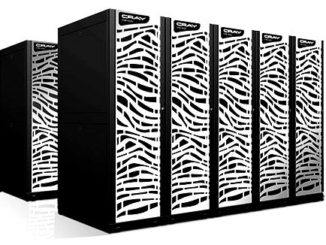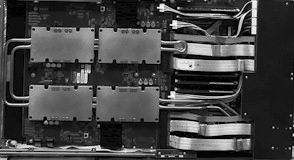
Great Lakes Super To Remove Islands Of Compute
It is hard to say for sure, but there is probably as much aggregate computing capacity in the academic supercomputing centers of the world as there are in the big national labs. …

It is hard to say for sure, but there is probably as much aggregate computing capacity in the academic supercomputing centers of the world as there are in the big national labs. …

Alex St. John is a familiar name in the GPU and gaming industry given his role at Microsoft in the creation of DirectX technology in the 90s. …

The Lustre file system has been the canonical choice for the world’s largest supercomputers, but for the rest of high performance computing user base, it is moving beyond reach without the support and guidance it has had from its many backers, including most recently Intel, which dropped Lustre from its development ranks in mid-2017. …

Burst buffers are carving out a significant space for themselves in the HPC arena as a way to improve data checkpointing and application performance at a time when traditional storage technologies are struggling to keep up with the increasingly large and complex workloads including traditional simulation and modeling and new things like as data analytics. …

We’ve all grown up in a world of digital filing cabinets. …

One of the reasons this year’s Supercomputing Conference (SC) is nearing attendance records has far less to do with traditional scientific HPC and much more to do with growing interest in deep learning and machine learning. …

The term software defined storage is in the new job title that Eric Barton has at DataDirect Networks, and he is a bit amused by this. …

Chip maker Intel is getting out of the business of trying to make money with a commercially supported release of the high-end Lustre parallel file system. …

Burst buffers are growing up—and growing out of the traditional realm of large-scale supercomputers, where they were devised primarily to solve the problems of failure at scale. …

The Global Scientific Information and Computing Center at the Tokyo Institute of Technology has been at the forefront of accelerated computing, and well before GPUs came along and made acceleration not only cool but affordable and normal. …
All Content Copyright The Next Platform